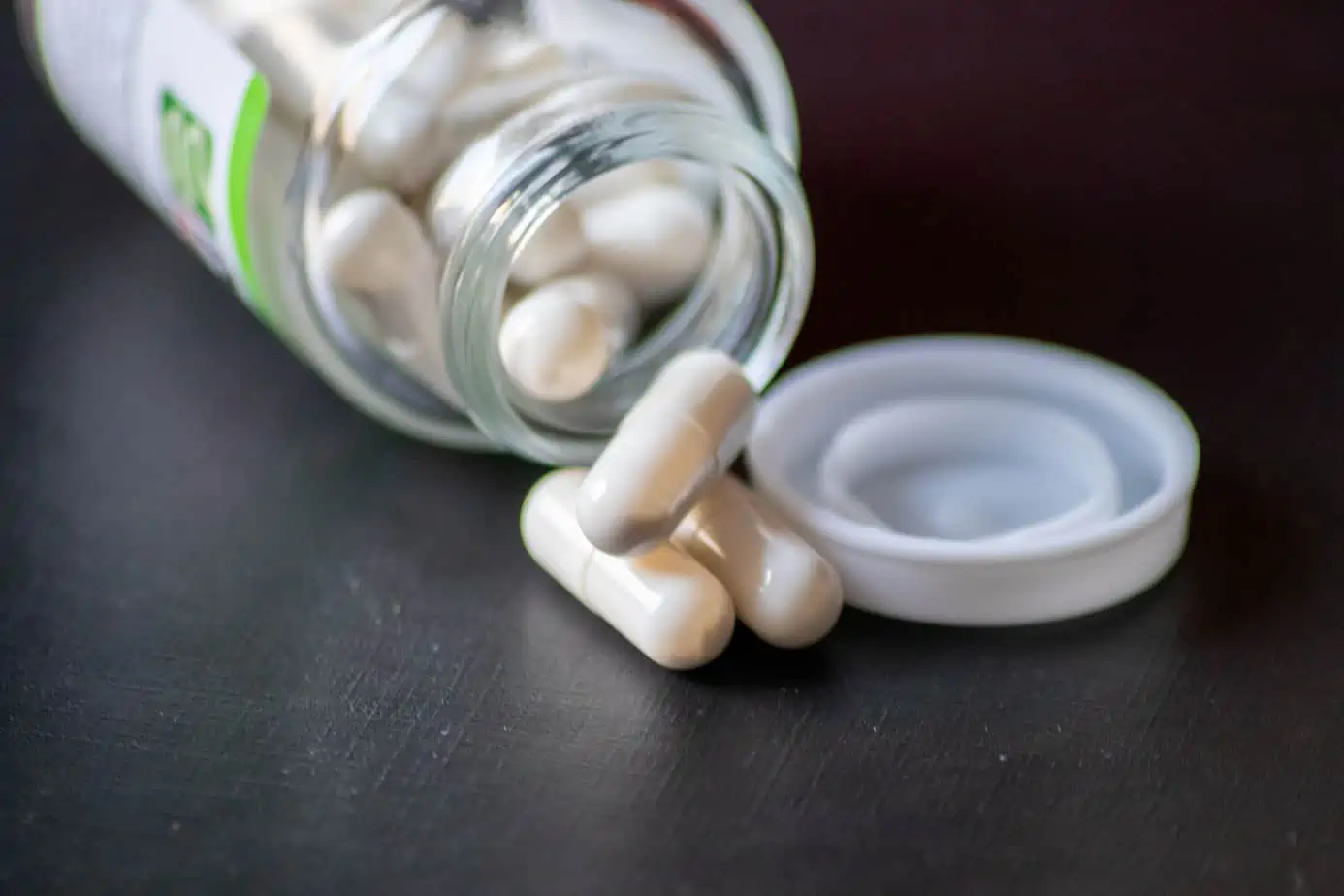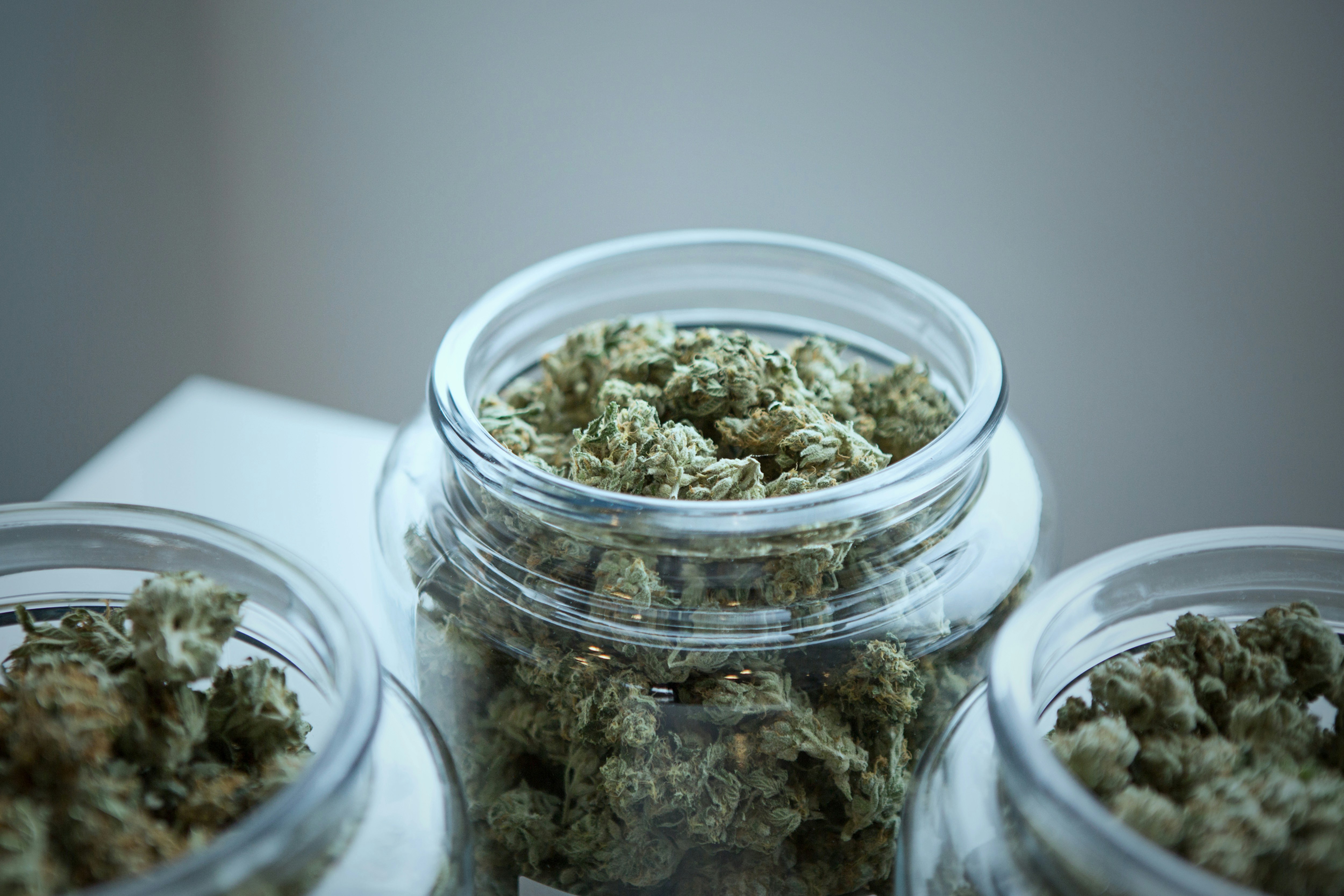Opioids are a class of drugs used to block pain signals between the brain and the body and are prescribed to treat moderate to severe pain. Some users are drawn to opioids, whether they are prescribed to them or not, because opioids can make them feel relaxed, happy, or “high.” This euphoric effect lasts a short period of time and leaves a person craving more, which is why opioids are extremely addictive. Some of the most common examples of opioids are prescription painkillers like OxyContin, Percocet, and Vicodin. While heroin, fentanyl, and carfentanil are some of the most widely used illicit opioids.
How Much is Too Much Opioids?
Both prescription and illicit opioids can have severe consequences if abused. When someone ingests a toxic amount of opioids, an overdose occurs. But how do you know what constitutes a dangerous amount of opioids? Well, there is no simple answer. The problem is that opioids affect everyone differently and overdoses depend on multiple factors. Some factors to consider:
- Potency of the substance
- Tolerance level
- Weight
- Overall health
These factors are important to keep in mind in determining how susceptible someone is to having an overdose. For example, if someone has used heroin only a handful of times and then suddenly increases their dosage, an overdose is more likely to happen because their body may not be able to handle the excessive amount of the drug.
In some cases, people may not even be aware that their opioid intake dramatically increased because synthetic opioids, like fentanyl, could have been mixed into their drug unknowingly. Dealers add these powerful substances to increase the drug’s potency in a cheap, fast way. As little as 2 milligrams of fentanyl is enough to be lethal. In 2021, fentanyl was reported to be the leading cause of death for Americans aged 18-45.
How Does an Opioid Overdose Happen?
Opioid overdose can occur when a user takes too much of the substance on its own or mixes the opioids with alcohol or other substances. One dangerous practice is when people use cocaine, or other stimulants, together with opioids, a depressant, to intensify their high by attempting to cancel out the negative effects of each drug. This mixture called “speedball” dramatically raises and then lowers the heart rate. This push and pull effect places extreme strain on the heart and brain, further increasing the chances of an overdose.
So what exactly happens to a person’s body during a painkiller, heroin, or fentanyl overdose? When a large amount of opioids enters the body, they attach to receptors in the brain that regulate breathing. When opioids interact with the brain receptors, cell activity slows down, impacting the communication between the brain and the rest of the body. Since the brain controls all organs, when brain activity slows, so does heart rate and breathing in the lungs. Without enough oxygen being pumped to the brain, permanent brain damage can occur and organs begin to shut down.
Watch this video below to learn more about what happens during an overdose.
What Are Signs of an Opioid Overdose?
The effects of an overdose can happen quickly, in a matter of minutes, or even seconds. Watch for these common opioid overdose signs:
- Loss of consciousness
- Pinpoint pupils
- Breathing difficulties
- Respiratory arrest (completely stopped breathing)
- Choking, gurgling, or snoring sounds
- Blue or purple lips or fingertips
- Being unresponsive to loud noises, shaking, or painful stimuli
If someone is exhibiting any of these symptoms and you believe they have overdosed on painkillers, heroin, fentanyl or carfentanil, call 911 immediately. While you wait for the paramedics to arrive, you can administer naloxone (sold under the brand name Narcan), which is an opioid overdose reversal medication.
How To Use Narcan
Narcan counteracts the effects of an opioid overdose by blocking opioid receptors in the brain to help restore normal breathing. Due to the increasing number of opioid overdoses in the US, Narcan has become a life-saving medication. When an opioid overdose happens, knowing how to use Narcan properly can save a life.
Follow these steps to administer Narcan:
- Tilt the person’s head back.
- Peel back the package to remove the nasal spray.
- Hold the nasal spray with your thumb at the bottom of the plunger and your second and middle finger on either side of the nozzle.
- Do not press the plunger until you are ready to administer the medication, as this could waste the medication.
- Gently insert the tip of the nozzle in either nostril and press the plunger firmly until the entire dose has been administered.
- Remove the device and place the person in the recovery position.
Turn the person on their side and put their hands underneath their head to support it. Then, move their upper leg forward. Continue to monitor their symptoms. If they do not regain consciousness, administer another dose of Narcan in the other nostril.
Know that Narcan is not a substitute for medical attention and individuals who experience an opioid overdose need to see a doctor, even if Narcan is successful in reversing the overdose.
If you or a loved one is struggling with addiction, Mountainside can help.
Click here or call (888) 833-4676 to speak with one of our addiction treatment experts.

 By
By 






